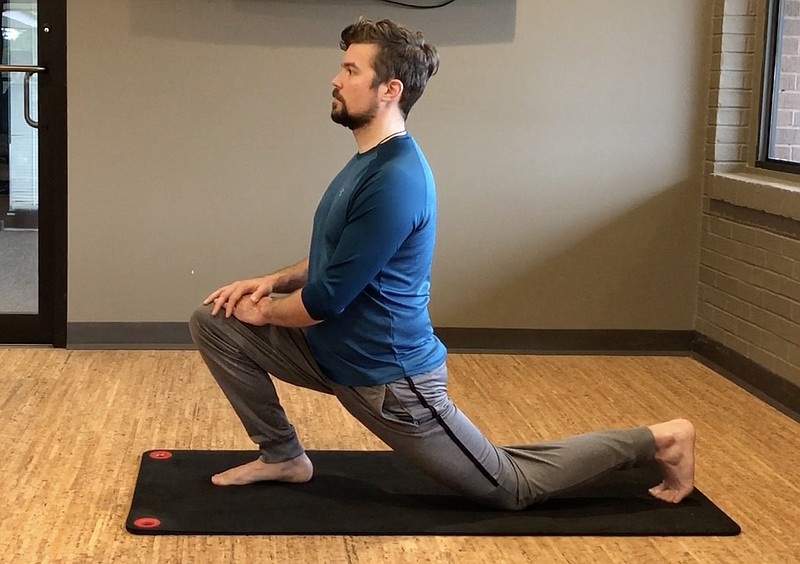Back in college, I spent two years working at a chiropractic clinic as the rehabilitation specialist. It was during this period that I learned how to care for those with chronic musculoskeletal pain. All the textbook learning in the world couldn't have prepared me for this role, and I am eternally thankful for that real-world experience.
In my role at the chiropractic office, I helped patients warm up for their adjustment with moist heat and a traction bed. This process increased blood flow in the back and reduced tension in the muscles surrounding the spine.
I always let patients relax during this time, as the first few minutes in a chiropractic office can be anxiety inducing — especially when a person is in pain.
After the warmup, I spent a few minutes helping the patients get prepared for their adjustment. I'd help them position themselves on the table and ask them about their day.
One particular day, a man felt comfortable enough to share his work habits and how he felt they contributed to his musculoskeletal pain.
The man explained that he worked in a tire factory, and his job was to lift a tire from the floor and place it on a rack about 4 feet tall. The rack was positioned on the other side of his body. He lifted and twisted while placing tires for eight hours every day.
He said he was thankful for his employment, and that he had done this job for the better part of two years.
The man couldn't have been a day older than 30, and he was strong. His arms, legs and core muscles had developed due to the physical nature of his job. But he had debilitating pain in his back, mostly in the thoracic region (between the shoulder blades).
During his adjustment, the chiropractor asked the man if I could join them as he explained the diagnosis. The man agreed, and the chiropractor explained the medical reasons the man was in pain. It boiled down to a muscular imbalance developed by repetitive twisting while lifting.
One side of his body was well developed, while the other side lagged. To compound the imbalance, the man had very poor flexibility, and his muscles, while strong, were incredibly tight.
We worked with him three times per week for the next three months. His pain began to subside, and he began alternating the way he lifted the tires during his workday.
He walked into the office a few months later looking like a completely different person. His posture had improved, he had a smile on his face, and his gait was what one would expect for a 30-year-old.
"You saved my life," he said. He went on to explain how his back pain reached a point that he became depressed, and it affected his relationships with his family. He hadn't noticed that at the time, but once the pain had subsided, his relationships improved.
He also got a promotion at the factory, and he was able to have his former job changed to include less repetitive lifting and twisting.
This interaction affected me profoundly and is part of why I chose my career path. In his case, we focused more on flexibility and correcting the muscular imbalance than on making his muscles beefier — and it changed his life.
This week's exercise is one of the flexibility movements I introduced him to, and it's a great way to maintain bilateral flexibility in the lower body.
[Video not showing up above? Click here to watch » arkansasonline.com/52knee/]
1. While barefoot, position yourself on your left knee with the left foot dorsiflexed (toe up) and your toes flexed up by the floor.
2. Your right foot should be on the floor in front of you with the right knee at 90 degrees.
3. From here, slowly slide your body forward so that your right knee travels over the toes on your right foot.
4. Hold this position briefly, then slowly return to the start.
5. Continue this for 12 repetitions, then switch legs and repeat.
This simple yet effective stretch is a great way to identify and address muscular imbalances because you feel the difference in muscular tension from one side to the other.
If one side is tighter, the idea is to spend more time on it. As a result, it's possible to correct the flexibility differences and (hopefully) reduce pain and dysfunction. Enjoy!
Director of business development and population health solutions for Quest Diagnostics, Matt Parrott began this column 20 years ago at Little Rock. He has a doctorate in education (sport studies), a master's in kinesiology and is certified by the American College of Sports Medicine.
vballtop@aol.com
